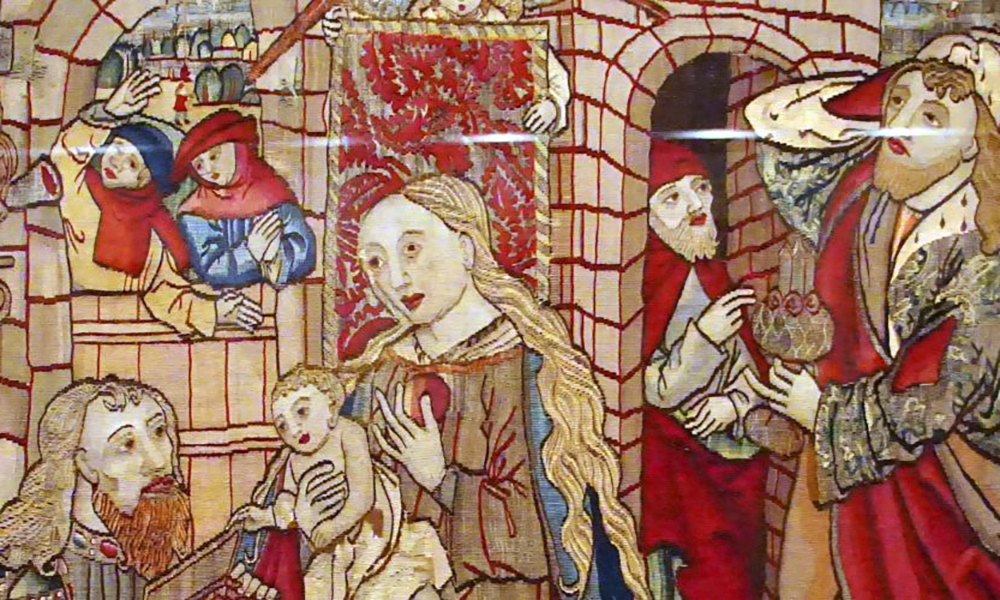
UBCO is offering a new continuing and professional education series for the public that is designed to help people decipher the rich history behind Western Europe's art in the Romanesque Era. Creative Commons image, courtesy Cascoly (via Canva).
Art has prominently been in the news lately, from a banana taped to a wall to a newly discovered Emily Carr painting purchased for $50 US and then sold at auction for hundreds of thousands of dollars.
For many, the art world might seem obscure. Imagine, thanks to UBC Okanagan, being able to look at any piece of art, especially in museums across Europe, and have a better understanding of what's truly being portrayed in those images.
UBCO's Faculty of Critical and Creative Studies is offering a new continuing and professional education series titled "Through a Glass Darkly: Early Medieval Christian Art and Architecture." The first course in this series-Western Europe Transformed: Art in the Romanesque Era-will delve into how the art and architecture of the Romanesque period reflected the sweeping cultural and religious transformations of the time.
Dr. Hussein Keshani, Art History and Visual Culture Program Coordinator, says the course will help people decipher the rich history, and sometimes hidden meanings, behind Western Europe's deep roots of Christianity and visual art culture.
"We are excited to bring our love and knowledge of art history to the community through this inclusive program designed for all to enjoy," says Dr. Keshani. "The arts not only connect us to our shared histories but also enrich our lives, deepening our understanding of the world and each other."
Instructor Elizabeth Loeffler is excited to share that the new series offers personal enrichment courses exploring the rich artistic and cultural history of the early Middle Ages.
Learners will explore the mystical themes of Christianity and how the visual arts express the dynamic cultural exchanges of this period. Art, architecture and other forms of visual culture serve to communicate information about the period in which they were created, explains Loeffler.
With medieval art history, there are still many mysteries to unlock, she adds.
"One thing that I am quite certain about is that even the strangest images in illuminated manuscripts, or marginal figures in architectural decorations carry meaning. It's just that the meaning is no longer clear to a modern audience," Loeffler says.
Loeffler is an accomplished art historian with more than 20 years of teaching experience at universities across Canada. She is particularly known for her expertise in medieval art following the Norman Conquest of England and the cult of St. Thomas Becket.
"This course is about going back to my roots-medieval art and architecture. I've been teaching courses from different periods for many years now, but I haven't had the opportunity to do a deeper dive into medieval art history since 2013," Loeffler says. "When I was given the opportunity to teach a subject that was of my own choosing, I immediately wanted to do a medieval course."
People who have never taken art history and visual culture classes before will have their eyes opened to a new way of looking at the world. The skill of reading art will particularly enhance any travel abroad or visits to galleries and museums.
"Learning to read art is learning a new language," says Loeffler. "Learners will be able to read complex messages in images, objects and spaces that they may not have realized existed."
The six-week course is available through UBC Okanagan Continuing and Professional Education and costs $195. Classes will take place on campus Saturdays from 1 to 3 pm starting on January 25, 2025.






